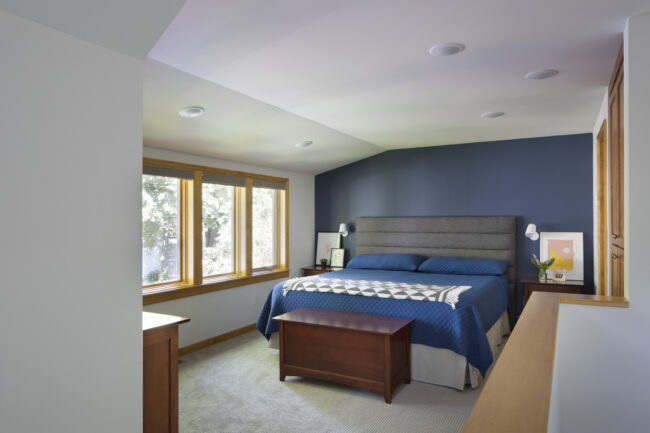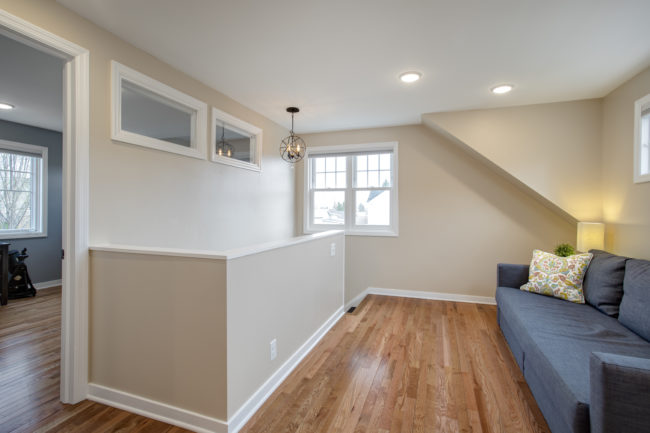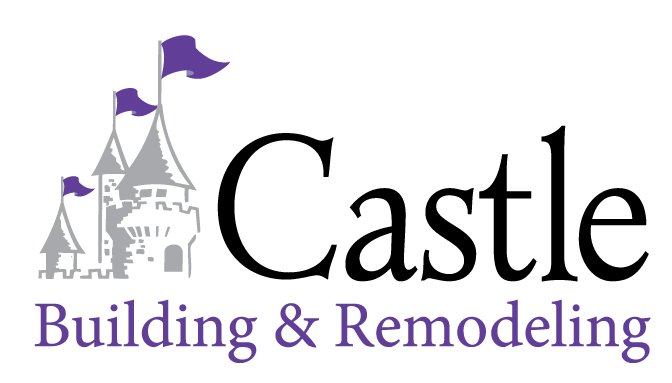Adapting Your Home to a Growing Household

As your family grows, so too can the size of your home. Adapting your home to a growing household is an exciting yet daunting prospect; where do you start? From additions and outdoor spaces to utilizing space efficiently, there are many ways you can modify and adapt your current living situation without having to move into a larger house. Doing so can, in fact, help you fall in love with your home again!
In this article, we’ll explore these options in detail, giving you all the information needed to adapt your home to accommodate changes in household size or needs. So don’t worry if it feels like the time has come for some remodeling—with our tips on adapting your home to a growing household, you’ll be ready to take on those challenges head-on.
Assess Your Home’s Needs
When assessing your home’s needs, there are a few key things to consider. First and foremost is the size of the rooms. Are they big enough for your family? Do you need more bedrooms or bathrooms? If so, how many? It’s important to consider what kind of layout would work best for you and your family.
Next, consider any special features that may be necessary for your household. For example, the common characteristics of Colonial homes come with different possibilities than those of contemporary homes. Do you need extra storage space or a larger backyard if you have children or pets? If you’re planning on entertaining guests frequently, do you need an outdoor patio or a dedicated dining room?
Finally, consider energy efficiency when assessing your home’s needs. Look at insulation levels in the walls and ceilings and windows and doors. Ensure all appliances are up-to-date with Energy Star ratings so that they use less electricity than older models. Consider investing in solar panels: not only will this help reduce energy costs, but it can also increase the value of your home over time.
These are just some factors to consider when assessing what changes may be needed to accommodate growing households, from adding additional rooms or features such as patios and decks to ensuring everything is energy efficient. With careful consideration now, homeowners can ensure their homes meet their current needs while still being able to adapt should those needs change.
You can determine which changes are necessary for a growing household by assessing your home’s needs. Now that you know what is needed, it’s time to consider how to make those additions best suit your family’s needs.
Addition by Addition
 When it comes to making additions to your home, you should consider a few things. First and foremost, think about how the addition will affect the overall aesthetic of your home. If you’re adding a bedroom or bathroom, make sure that it fits in with the existing design of your house. You don’t want an eyesore that stands out from the rest of your home’s decor.
When it comes to making additions to your home, you should consider a few things. First and foremost, think about how the addition will affect the overall aesthetic of your home. If you’re adding a bedroom or bathroom, make sure that it fits in with the existing design of your house. You don’t want an eyesore that stands out from the rest of your home’s decor.
Next, consider what type of addition is best suited for your needs. Are you looking to add extra living space? A larger kitchen? Or perhaps you’re preparing to add a second floor? Once you have identified what changes need to be made, start making them. This could include expanding existing rooms or building entirely new ones depending on what works best for you and your family’s lifestyle.
When adding onto any part of a house, consider how much space is available and how much can be used efficiently without overcrowding. For instance, if adding another room, try not to remove too much from other parts of the house as this can create an imbalance throughout the home. It is also beneficial to consult with professionals such as architects or interior designers who can help ensure that any additions fit style-wise and functionally with current spaces within a residence while maximizing its potential useability simultaneously.
It is important to consider traditional horizontal expansion and vertical options such as attic conversions or basement renovations when planning an addition. These can provide additional usable square footage without taking up more land around exterior perimeter walls, provided local zoning laws allow for such expansions (always check regulations before beginning construction). Outdoor spaces like decks, patios, and porches are another great way to increase livable areas while enjoying fresh outdoor air when weather permits.
Finally, keep the budget in mind throughout the entire process. Plan ahead by researching costs associated with materials, labor, permits, etc., so you know exactly what to expect to pay before starting the project. This will help avoid overspending and surprise expenses later down the line, which could strain your finances unnecessarily.
Adding extra space to your home can be a great way to accommodate the needs of a growing household. By thinking outside the box and utilizing outdoor or vertical spaces, you can make even more room for everyone without needing to build an addition.
Outdoor & Vertical Spaces
When adapting your home for a growing household, outdoor and vertical spaces are great options. Utilizing the outdoors can help reduce clutter inside the house while allowing you to enjoy nature in your backyard. Consider setting up an outdoor dining area or adding some seating around a fire pit so everyone can gather outside during warmer months. Consider installing a swimming pool or hot tub if you have enough space.
Vertical design is another great way to maximize limited space in your home. Instead of storing items on the floor, add shelves and racks along walls and ceilings for extra storage solutions. This will help keep things organized while freeing up valuable floor space simultaneously. You could even use wall-mounted cabinets or hanging baskets for smaller items like toys, books, tools, etc., making them easier to access when needed but out of sight when not in use.
If you’re short on closet space, try using tension rods between two walls to create additional shelving units above head height where bulky items such as winter coats and blankets can be stored away until needed again later in the year. Additionally, if there’s room underneath beds or couches, utilize this by investing in under-bed storage boxes—perfect for keeping off-season clothing neatly tucked away without taking up too much real estate elsewhere in the house.
Finally, remember vertical gardening—either indoors with window planters or outdoors with trellises and raised beds. This is becoming increasingly popular due to its ability to save precious ground space while still producing plenty of fruits and vegetables throughout the summer months.
By using outdoor and vertical spaces, you can create a larger living space for your growing household. Now let’s look at how to utilize existing interior spaces more efficiently.
Utilize Space Efficiently
Whether you’re looking to add an extra bedroom or just make better use of what you have, a few simple steps can help maximize the available space in your home.
Start by assessing which areas need improvement and consider how they could be used more effectively. For example, consider adding a breakfast bar or small table and chairs for meals if you have a large open living room but no dining area. If you don’t have enough storage space in the kitchen, look into installing shelves on walls or even hanging baskets from hooks for additional storage options.
Adding additions to your home is another excellent way to increase usable space without completely remodeling existing rooms. Consider building an outdoor deck with seating and tables for entertaining guests during warmer months; this will provide extra living space and give your family and friends somewhere comfortable to gather outside the house. Consider converting unused attic or basement spaces into bedrooms or office areas and adding vertical shelving units along walls throughout the house for additional storage solutions.
Finally, consider arranging furniture to maximize the available floor space while ensuring comfort:
- Utilize corners with corner desks instead of traditional rectangular ones
- Utilize wall-mounted shelves rather than bulky bookcases
- Place ottomans underneath coffee tables for added seating when needed
- Install floating shelves above couches as an alternative to end tables
- Opt for multi-functional pieces such as foldable beds that can be tucked away when not in use
These are just a few ideas on how to use your home’s space more efficiently. By taking these simple steps towards efficiently utilizing available spaces in your home, you will soon find plenty more room than before without having done any major renovations.
Adapt Your Way to Comfort & Space
Adapting your home to a growing household can be an exciting and rewarding experience. With the proper planning, you can create a functional and comfortable space for everyone in your family. Whether adding additions, utilizing outdoor or vertical spaces, or simply making better use of existing space, there are many ways to ensure your home meets all its occupants’ needs. With careful consideration and thoughtful design, adapting your home to a growing household doesn’t have to be overwhelming – it can be an enjoyable journey.
